9 Ways to Make Your Car More Vegan Friendly
Posted
on Tuesday, 15 October 2019
by CarTakeBack
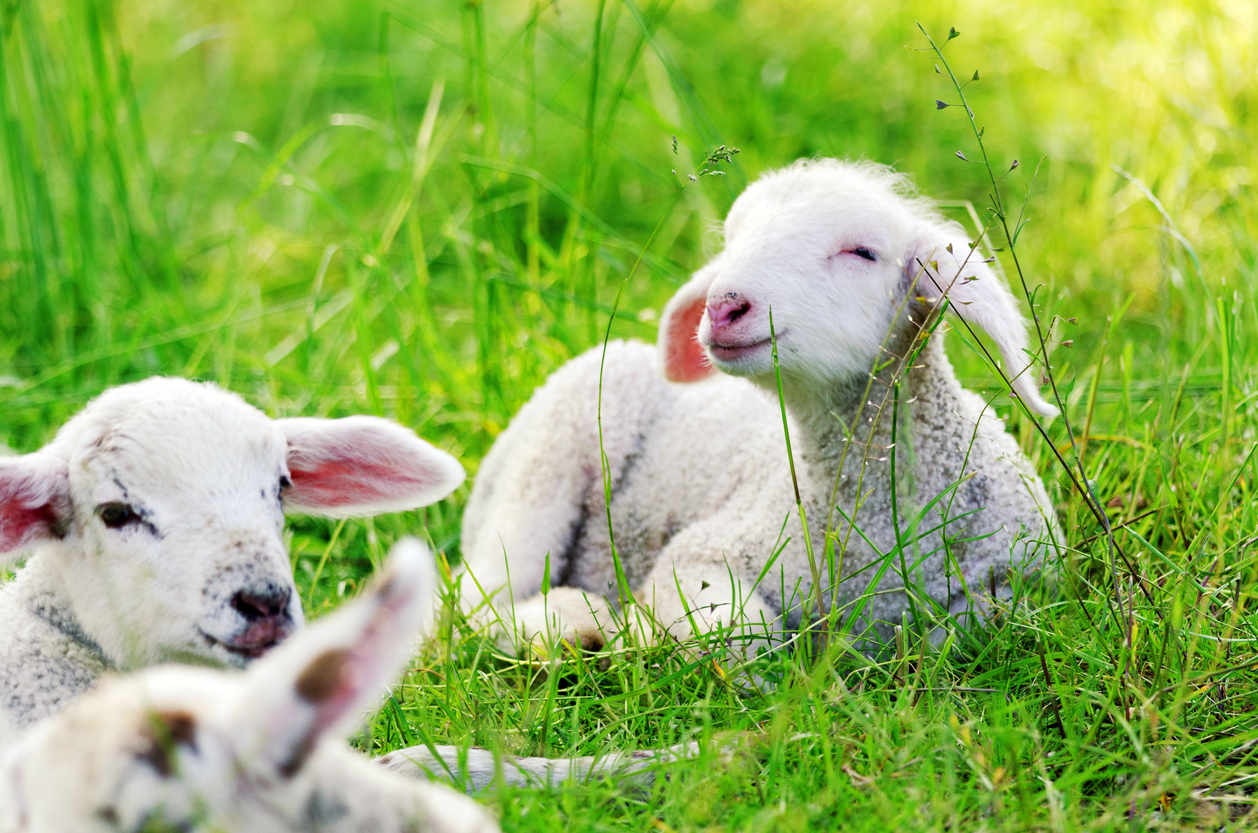
Like many other developed nations, Australia has seen changing attitudes towards vegan lifestyles in recent years, as more and more Aussies are choosing to adopt veganism – especially millennials.
According to a recent study there are now over 2.25 million Australians choosing to live as vegans, which is nearly a tenth of the 25 million population.
Abstaining from animal produce in both food and drink remains the most popular vegan lifestyle choice, but more and more people are applying vegan sensibilities to other aspects of their lives.
Enter the vegan-friendly car.
Can a car be totally vegan?
Unfortunately not. As things are right now, it is not possible to find a completely vegan car; however, the Vegan Society says “the key with veganism is doing your best. It is not possible to be 100% vegan… but we can avoid animal suffering as much as possible.”
This means doing what you can with the options available to you. Fortunately, there are more options than you might think. There may also be areas you did not realise were not vegan friendly.
Without further ado, here’s 9 ways you can choose a more vegan-friendly car.
1. Vegan-friendly upholstery
Leather upholstery has been seen as a stylish luxury for many years, especially when it comes to the interior of your car.
Unfortunately, leather is problematic in a number of ways. Vegans believe it is a cruel and exploitative use of animals for their hides. There are also many environmental issues that come with leather production, including unsustainable livestock rearing and widespread habitat destruction.
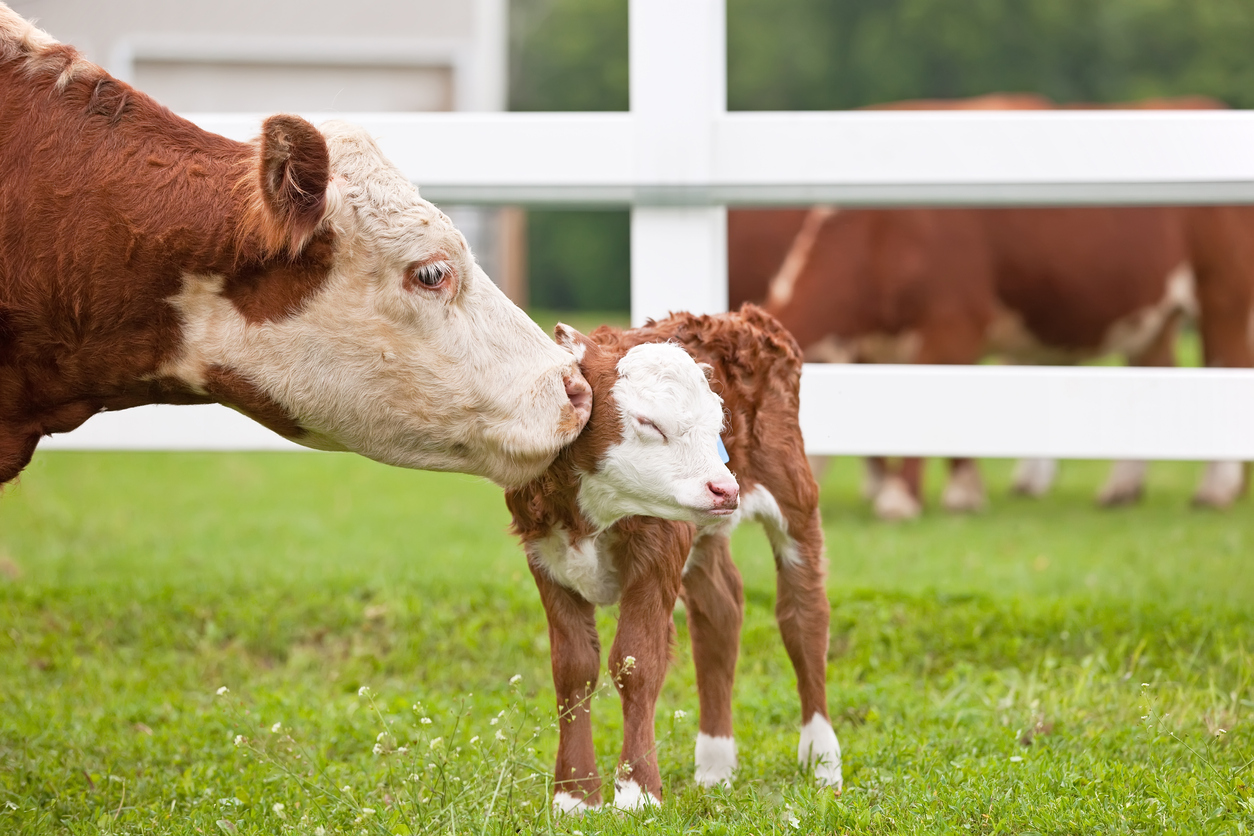
The good news is there are loads of alternative, vegan-friendly upholstery types available.
Artico is a vinyl based leather substitute that is designed to look and feel like the real thing. Another alternative is Alcantara, a microfibre material made of polyester and polyurethane. It looks and feels just like suede, but no cows are harmed in its manufacture.
If you are buying a new car, be sure to ask the manufacturer if you are unsure about whether the upholstery is vegan friendly. Most will have non-leather alternatives that go by different names.
2. Vegan-friendly interior trim
It’s not just your car seats that are commonly made of leather. Various interior surfaces and components may be too, including trim, panels and dashboards.
Zero Labs have recently been modernising the Ford Bronco SUV with electric drivetrain and other environmentally friendly features. A notable addition here is the fitting of walnut and bamboo internal trim.
This particular model will not be available to mass market, but there is a good chance some of these vegan-friendly interior features will be replicated in production models as demand grows.
3. Vegan-friendly tyres for your car
Did you know that the majority of car tyres are manufactured using stearic acid, which is commonly derived from various animal fats? This means there is a very good chance even your tyres contain animal products.
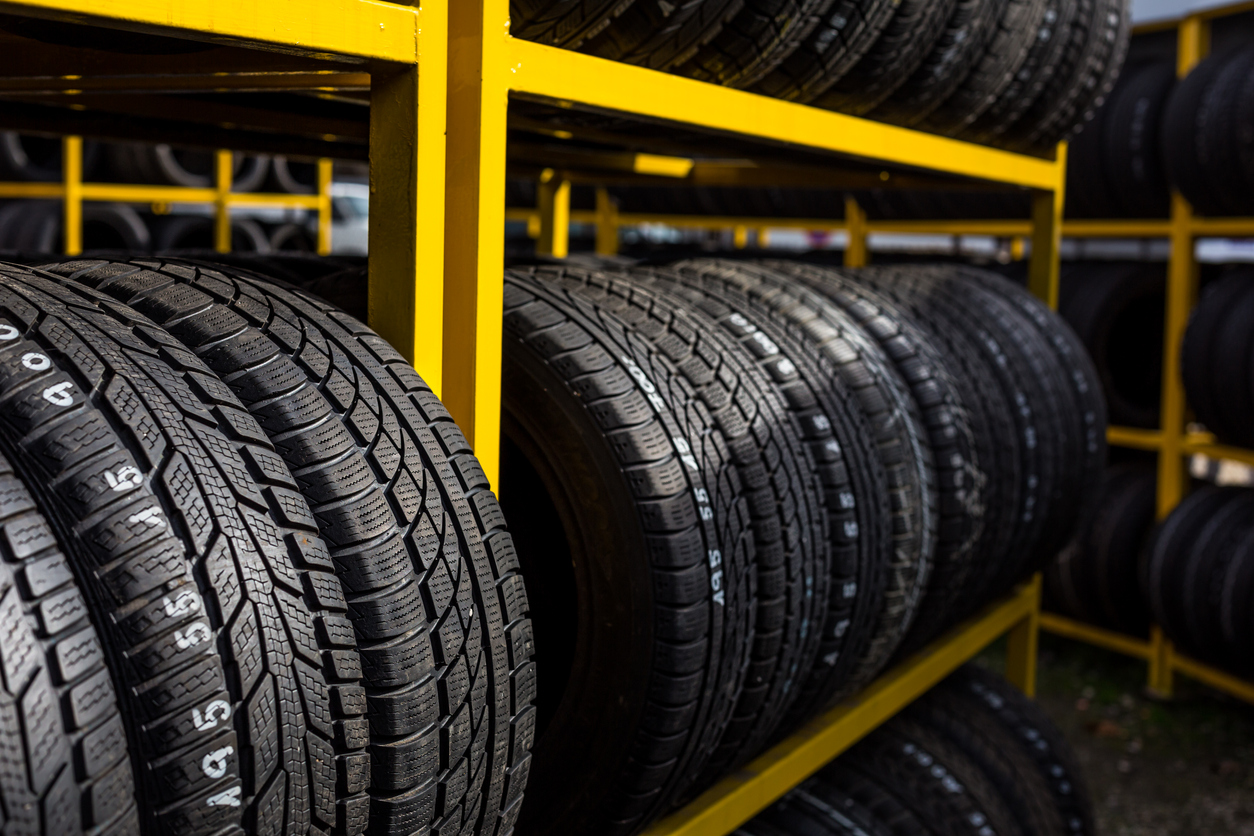
Stearic acid is included to strengthen the rubber and help them maintain shape under pressure, without sacrificing grip.
The good news is stearic acid doesn’t have to come from animals (even though it most commonly does.) It can come from plant and vegetable-based products too.
Michelin have confirmed they do not use animal fat to source the stearic acid. While Michelin tyres have not been officially certified vegan, they are nonetheless a preferable choice to most.
4. Natural kenaf fibres in door panels
Another example of vegan-friendly interior panels can be found in the latest range of BMW i3 electric cars. BMW are trying to use more sustainable and lightweight components with biocomposite materials, such as the natural kenaf fibres featuring in the door panels.
Not only does this reduce the animal product used in the manufacturing of the car, but it also made from 25% recycled plastic and almost 100% recycled fabric. It’s no surprise, then, that the BMW i3 is considered as one of the greenest cars on the road.
5. Plastic steering wheel & gear changer covers
As you know, wide use of leather is probably the clearest and most obvious way modern cars are not vegan friendly, but this includes more than just the seating and upholstery. Take note of the various handles or levers when browsing cars - chances are many of these will be leather too.
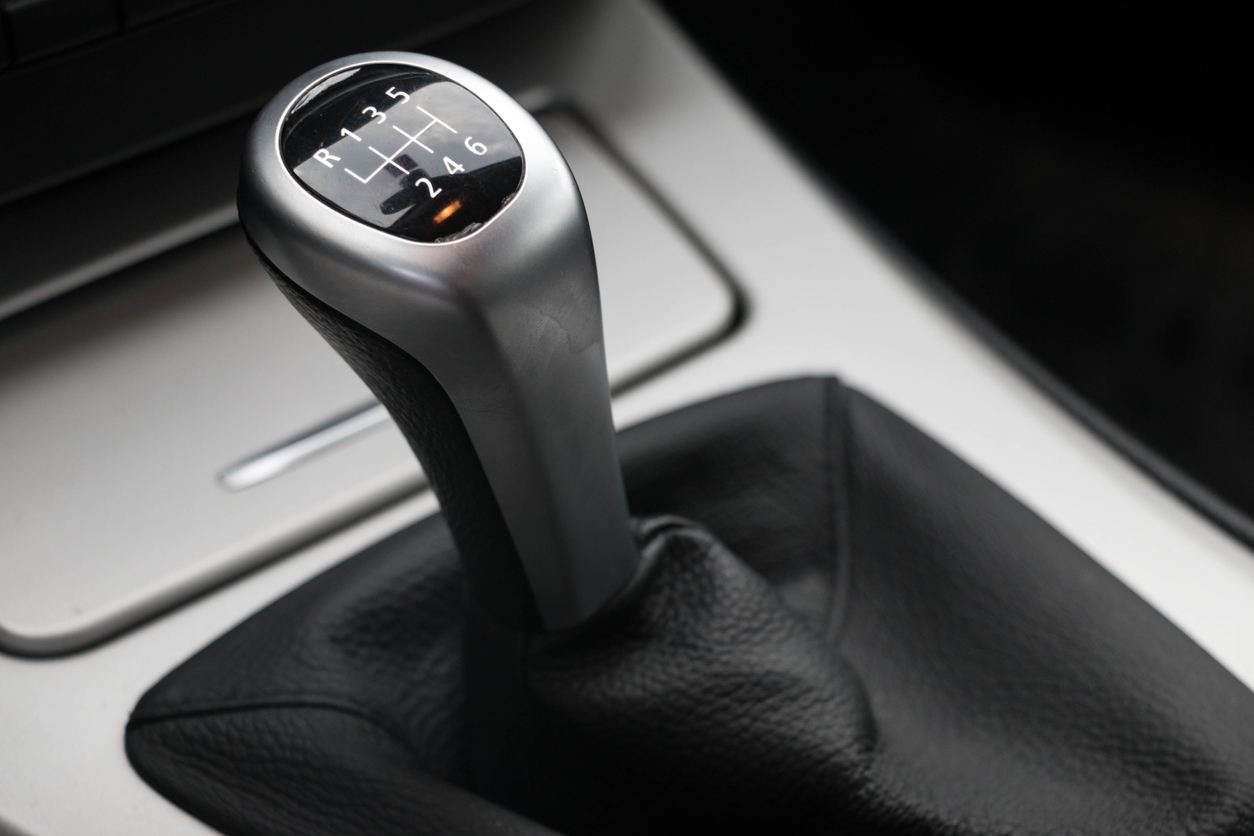
Fortunately, it’s very easy to fit your car with a plastic or faux-leather steering wheel, gear shifter or another component. If buying a new car, you can request this from the manufacturer. If buying a used car, you can also retrofit these parts.
6. Reduced steel usage
A less obvious area in which animal products are likely to have been used is a car’s steel components. Tallow, or rendered beef/mutton fat, is widely used as a lubricant in the steel industry. Recent trends are seeing some steel manufacturing moving towards synthetic lubricants, but tallow is still the most common choice by far.
So how do you reduce the steel usage in a car feasibly and safely? Renault has recently done just that with the Twizy. The Renault Twizy is made almost entirely out of plastic. The only steel component is the chassis frame.
It is also 100% electric and is PETA approved. While it may not be a purely vegan car, it is probably the closest we will see for a little while.
7. Go electric (if you can afford it)
An electric car fits in well with a vegan lifestyle. They do not give off harmful emissions, which is good for both us and wildlife. The extraction and burning of fossil fuels has a tremendous impact on the environment, including the natural habitats of countless species of wildlife.
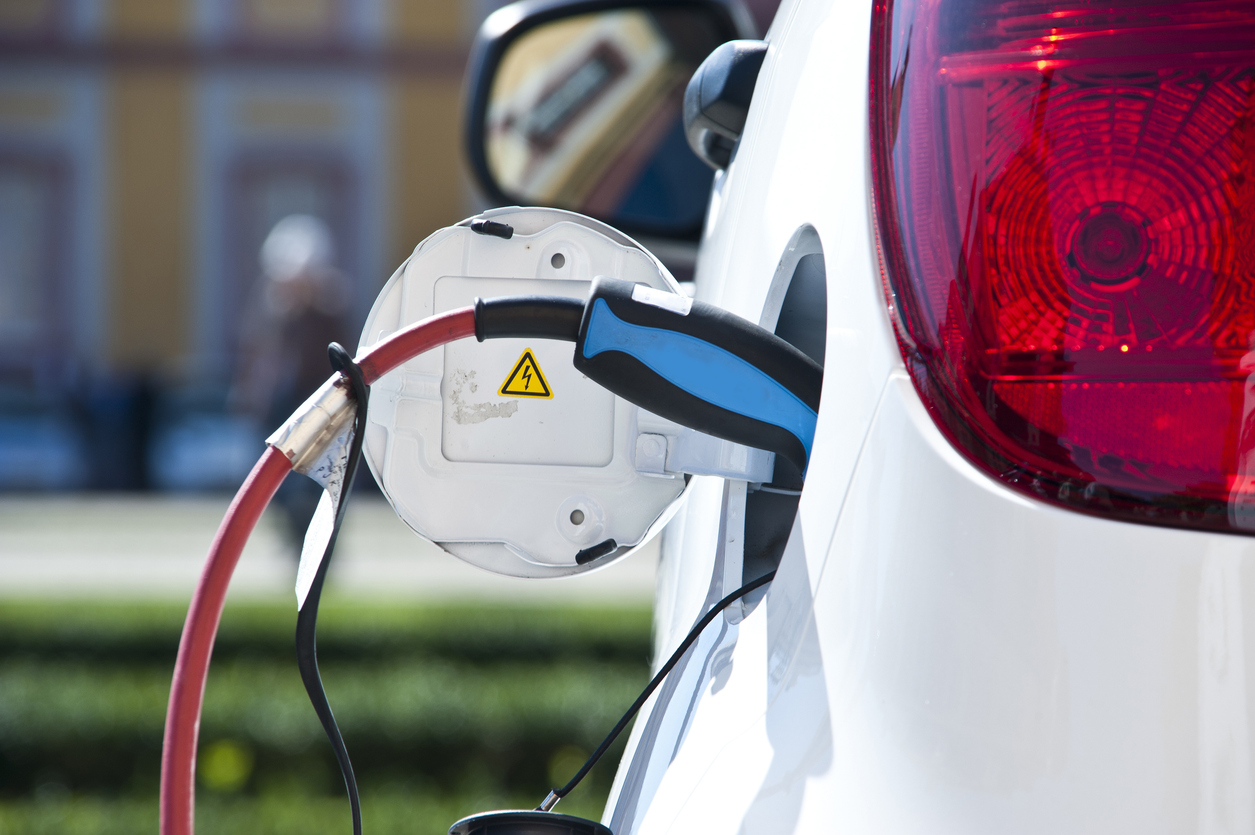
The rising popularity of electric cars is a big step in a more eco-friendly and sustainable direction. Unfortunately, new electric cars are still quite pricey and may not fit every vegan’s budget. As they become more commonplace, however, we can expect them to become more affordable.
8. Low emission/low consumption cars
If an electric car is too expensive, you can still make a difference and reduce your carbon footprint by choosing a vehicle that is eco-friendly and has a lower fuel consumption. By reducing your own fuel consumption, you will not only save yourself money, but will also be using less fossil fuels, producing lower emissions and contributing to cleaner air.
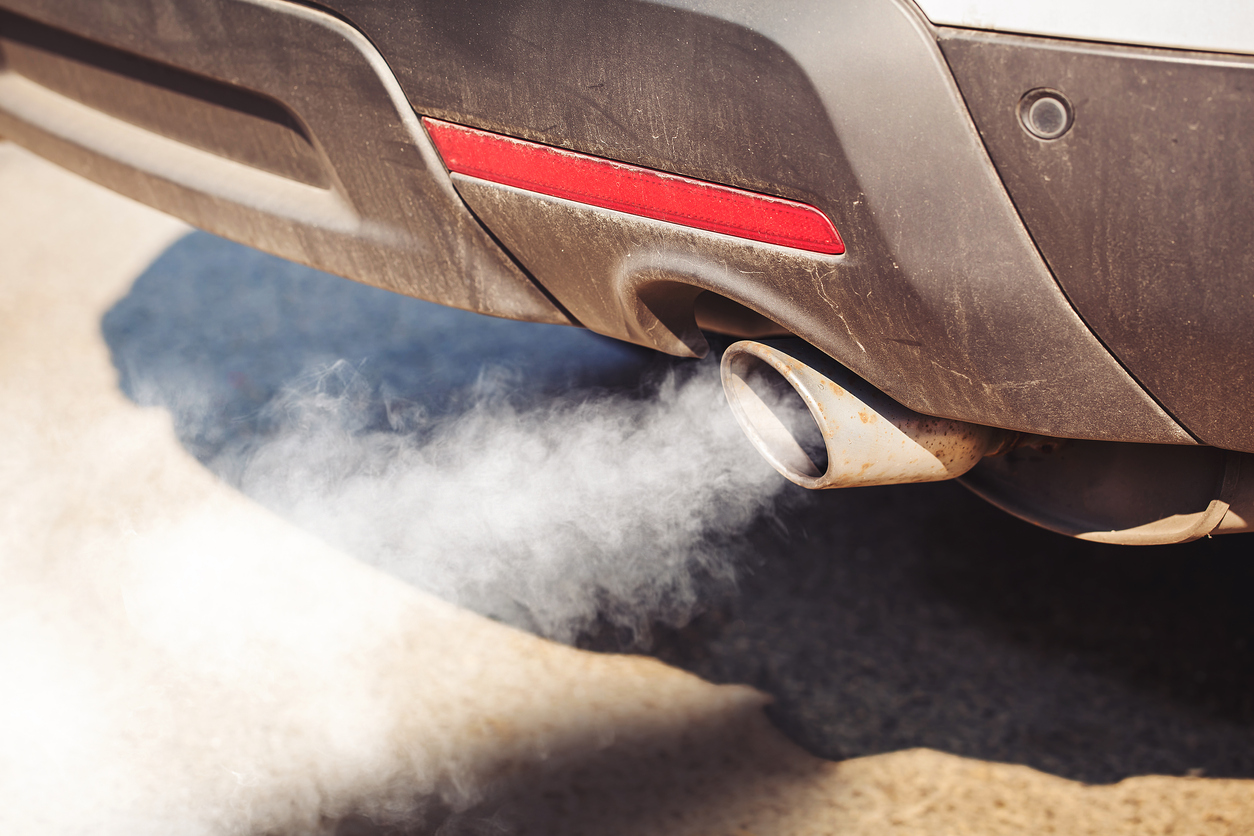
Fuel efficiency in Australia is generally measured in litres per 100km. Any car with a fuel consumption less than 6 litres per 100km is considered “efficient” but, naturally, the lower the better.
A good example is the Toyota Prius, which is currently rated at 3.4 litres per 100km. It is similarly strong for emissions, with just 80g per km for combined CO2 advertised. It’s not perfect, but it is a substantial leap in the right direction.
As with much of this list, there is no perfect solution when it comes to driving, but emissions and fuel consumption are clear areas where you can make a difference that benefits wildlife.
9. Buy used instead of new
This one might not be as obvious to begin with, but there are a number of reasons why buying an older car instead of new can help make it more vegan friendly.

For starters, you can retrofit a second hand car with many vegan-friendly components to save money and improve the scope of alterations you can make. You will be able to get most of these features included in a new car if you ask the manufacturer, but the cost may be sky high.
Byy buying used instead of new, you are helping someone else recycle their car.
As you may already know, there are numerous areas of the car manufacturing process which are problematic from a vegan point of view, such as tyre production, leather upholstery and steel. By buying used, you are neither directly supporting the manufacturing process, nor contributing to the demand yourself.
Will a 100% vegan car ever be possible?
The production of cars is a global process that involves countless people, multiple countries and, of course, billions of dollars. This makes it almost impossible to ensure that every component and process has been manufactured or carried out in a vegan-friendly way.
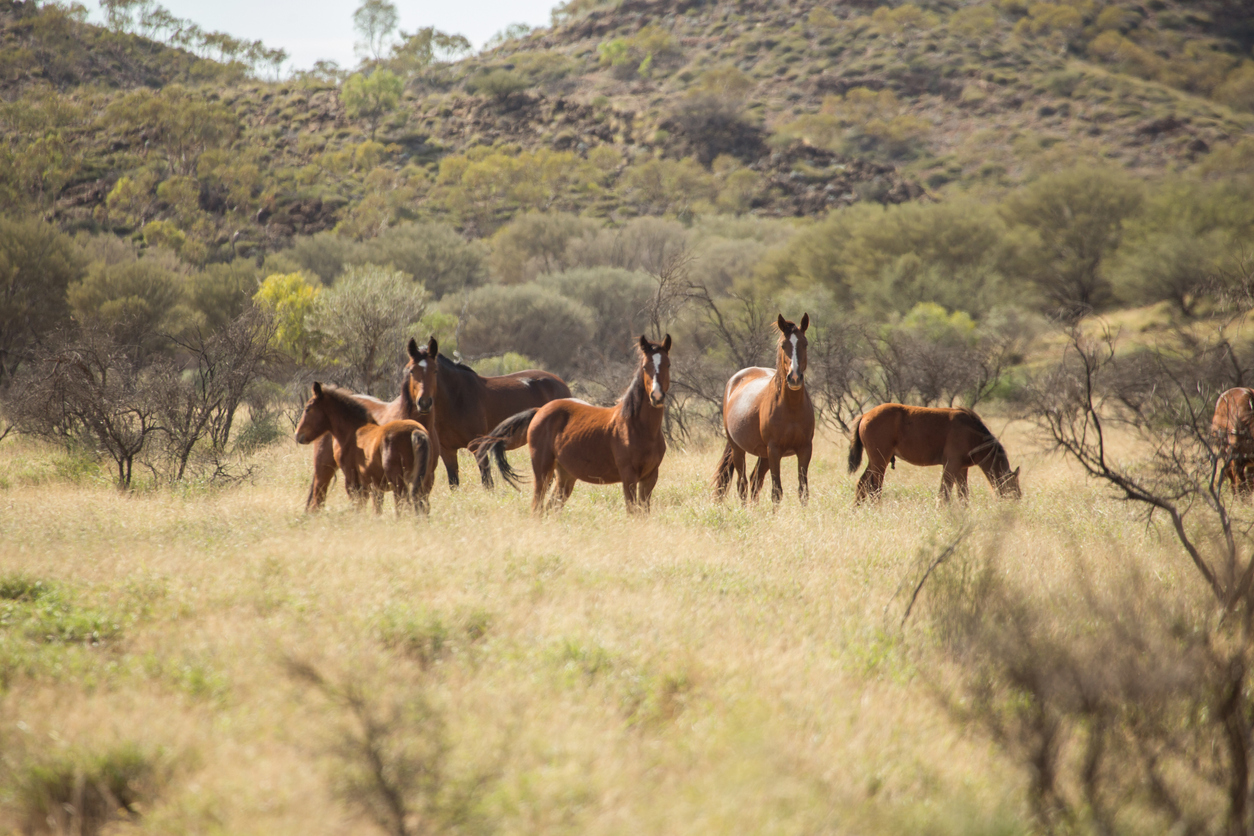
That said, being vegan is largely about personal lifestyle choices that are within your area of control. You might not be able to buy a completely vegan car but, as shown in this list, there are plenty of ways you can help to make a difference.